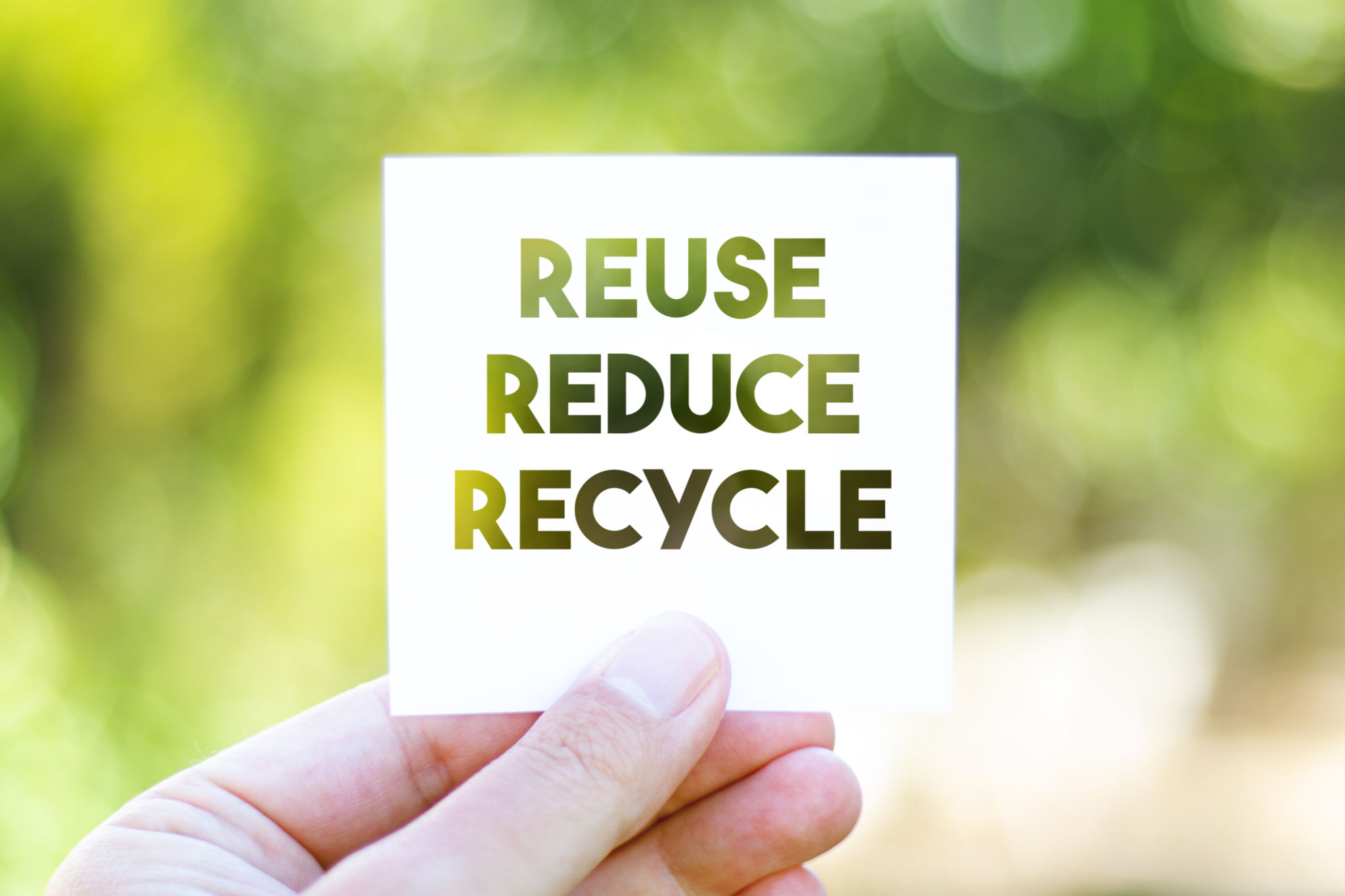10 Tips for Effective Hazardous Waste Management in the Philippines
Understanding Hazardous Waste Management
Managing hazardous waste effectively is crucial for protecting both the environment and public health. In the Philippines, where diverse industries operate, the challenge of handling hazardous materials safely is significant. To ensure sustainability and safety, implementing effective hazardous waste management practices is essential.
The key to successful hazardous waste management lies in comprehensive planning and adherence to regulations. By understanding the nature of hazardous waste and its potential impacts, organizations can develop strategies that minimize risks and ensure compliance with national guidelines.

Compliance with Regulations
One of the first steps in effective hazardous waste management is ensuring compliance with government regulations. The Department of Environment and Natural Resources (DENR) in the Philippines provides specific guidelines for hazardous waste management. Companies must register with the DENR and follow protocols to handle, store, and dispose of hazardous waste properly.
Understanding these regulations not only helps in avoiding legal penalties but also fosters a culture of responsibility towards environmental protection among employees and stakeholders.
Employee Training and Awareness
Training employees on proper hazardous waste handling procedures is critical. Organizations should conduct regular training sessions to educate their workforce about the potential risks associated with hazardous materials and the best practices for managing them.
Creating awareness among employees ensures that everyone is equipped with the knowledge and skills necessary to handle hazardous waste safely, reducing the likelihood of accidents and environmental contamination.

Proper Waste Segregation
Effective segregation of hazardous waste from non-hazardous waste is essential for safe disposal and recycling. Implementing a robust system for categorizing different types of waste helps in reducing contamination risks and ensures that each type of waste is treated appropriately.
Using clearly labeled containers and bins for different categories of waste helps employees easily identify and separate hazardous materials from other waste types.
Safe Storage Practices
Proper storage of hazardous waste is a critical component of effective management. Facilities should use containers that are compatible with the type of waste being stored and ensure that these containers are properly sealed and labeled.

Storage areas should be equipped with safety features such as spill containment systems and should be regularly inspected to prevent leaks or accidental exposure.
Partnering with Certified Waste Handlers
Partnering with certified waste handlers ensures that hazardous waste is disposed of correctly. Licensed contractors have the expertise and equipment necessary to handle, transport, and dispose of hazardous materials following legal and environmental standards.
Selecting a reliable waste handler not only guarantees compliance but also enhances an organization's reputation for environmental responsibility.
Implementing Waste Reduction Strategies
Reducing the generation of hazardous waste is a proactive approach to effective management. Organizations can implement strategies such as process modification, material substitution, and recycling to minimize waste production.
Investing in technologies that reduce waste at the source not only lowers disposal costs but also supports sustainable business practices.

Regular Monitoring and Reporting
Continuous monitoring and reporting are vital for assessing the effectiveness of hazardous waste management systems. Organizations should establish metrics for tracking waste generation, storage, and disposal activities.
Regular audits and assessments help identify areas for improvement, ensuring that management practices remain efficient and compliant with evolving regulations. By maintaining transparency through detailed reporting, companies can demonstrate their commitment to environmental stewardship.
